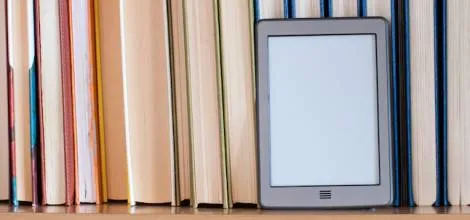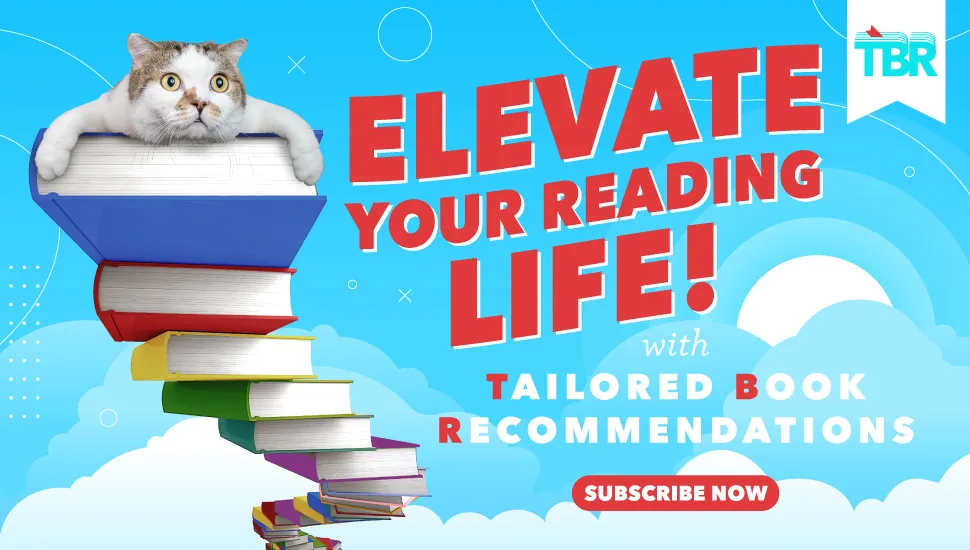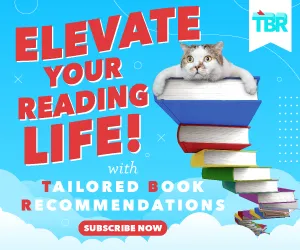
Why Romance Readers Love Digital Books
If you listened to the 7-25-2016 Book Riot Podcast, you heard Jeff and Rebecca talking about a presentation at the Romance Writers of America annual conference. It was on romance readers’ book buying habits, called Romancing the Data, by AuthorEarnings.com.
One of the stats that really stands out is the way romance readers have embraced ebooks:
the pin
“Romancing the Data” by AuthorEarnings.com
And also the huge percentage of romance readers who buy ebooks:
the pin
“Romancing the Data” by Authorearnings.com
I thought I’d take a stab at explaining why romance readers tend to read more in digital than readers of other genres. I’m no expert, but I’m an avid romance reader. I’m also a semi-early adopter of digital reading (I bought the second gen Kindle in 2009). And I’m a regular participant in romance discussions on the internet. So, here are my thoughts:
- History. Romance readers were primed to be early adopters of both digital books and ereaders. Amazon’s first Kindle launched in 2007 at a whopping $399. Who was going to buy that thing? Well, people who read a LOT, and could save money and space by buying digital. Harlequin was publishing digital versions of its books as early as 2006. As romance readers bought more ebooks, they created a larger market for new (or fairly new) small, independent romance publishers, like Ellora’s Cave, Loose ID, Freya’s Bower, Cleis Press, Bold Strokes Books, Siren Publishing, Changeling Press, Samhain Publishing, and others. These presses catered to specific niches that either didn’t exist or were underrepresented by mainstream romance presses, whether that meant erotic, paranormal, SFF, GLBTQ, or African-American romance. In short, romance started out as an industry leader in digital and has retained that lead.
- Disposable income and tech savvy. According to RWA statistics, the average romance reader is aged 30-55, earns $55000 a year, is college educated and has a partner. All of these things point to having a little more money and probably some new tech.
- Finding the stories readers are looking for. Following that first wave of independent ebook publishers, other digital first romance publishers have entered the market: Entangled, Riptide Publishing, and Crimson Romance, to name a few. Although there is overlap with romance offerings from the Big Five, these smaller houses still offer storylines, styles, and characters hard to find elsewhere.
- Price. All told, about half of romance readers read a book a week, compared to the average American who reads 12 books a year (although the median number of books read is 4). Older romance readers tend to read a lot of books, and are motivated to find ways to lower costs, whether they own an ereader or not. Ebooks often (but not always: Thanks agency pricing!) cost less than print books. Younger ones who probably aren’t settled in a career read fewer books, and are price sensitive too. then there’s the Overdrive app, making digital library loans a mere tap away.
- Trust in traditional publishing brands. All of the Big Five publishers offer multiple formats, including digital, and also have their own digital-first imprints: Carina Press (Harlequin/Harper Collins), Avon Impulse (Avon/Harper Collins), Forever Yours (Grand Central Publishing/Hachette), Loveswept and Flirt (Penguin Random House), Swerve (St. Martins Press), Swoon Reads (Macmillan), InterMix (Berkley/NAL), Pocket Star (Simon and Schuster) and Lyrical Press and Lyrical Shine (Kensington).
- It’s where many popular authors are.
- A lot of popular, traditionally published authors now self-publish in digital format instead of, or in addition to, traditional publishing. Courtney Milan, Bella Andre, Laura Florand, Marie Force, Carly Phillips, Nalini Singh, Jennifer Ashley, Joan Wolf, Kit Rocha, Jessica Scott, Lara Adrian, and Thea Harrison, to name a few of the better known. Romance readers are very used to following favorite authors across platforms and publishing styles.
- Although self-published books can be very mainstream, some writers turn to self-publishing for books that can’t find a home with a publisher. Are loads of these utter crap? Yep. But some are unusual or niche stories editors don’t think will sell.
- Independently-published digital books are often cheap (free or 99 cents).
- Most romance readers buy their digital books through Amazon.com, where it’s hard to tell whether a book is indie published or published by a traditional publisher. With a more level playing field, self-published digital books have a much better chance at being discovered.
- To keep prices down, among other motives, the subscription service Kindle Unlimited offers lots of romance that skews almost completely towards indie authors.















